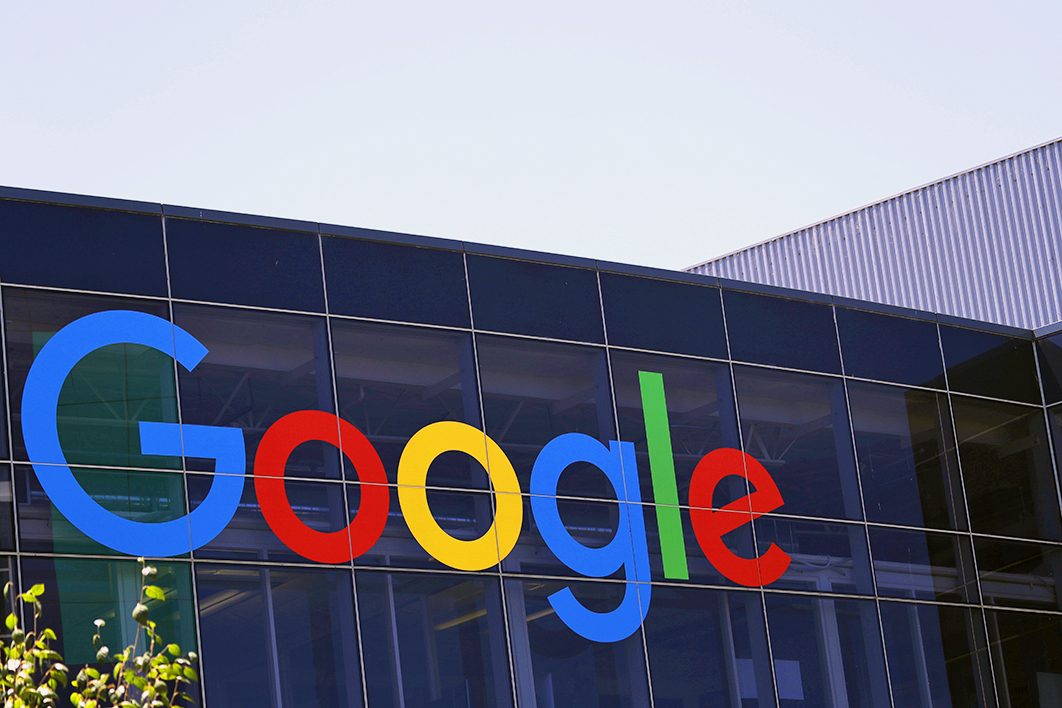Postscript added 8 April 2020
Never mind the toilet paper shortage. I’ll hand over a dozen rolls of the stuff and throw in two boxes of tissues and a half-bottle of hand sanitiser if someone will give me back my Gmail account! I lost it last Wednesday, the fourth of March 2020, and it has hit me hard.
Gmail and I had been working happily together for twenty years. It stores thousands of my bits and pieces in its electronic guts. Nothing exciting, revealing or incriminating; just useful bits and pieces that one refers to from time to time.
Last Wednesday, after an unsuccessful attempt to use the Medibank app on my relatively new iPhone, I got the “Verify it’s you” message when I hit the Gmail icon. Easy: I’ve done it before. Answer the questions, provide your previously lodged alternative email or mobile phone details, wait for a code, enter the code and bingo, you’re back into your account.
But not this time. Having performed the required tasks, I got the dreaded “Account disabled because of suspicious activity” message. Mata Hari no doubt felt the same way when the Sûreté knocked on her door in 1917.
I probed the Gmail beast and found the “Tips to complete account recovery steps” and then the “Why your account recovery request is delayed” page.
It appears that “suspicious activity” is determined by algorithms that also govern your recovery attempts. Get the answer wrong when you’re asked “What was the name of your first teacher?” and you can say goodbye to your account. (Did I tell Gmail long ago that she was “Miss Brown” or just “Brown”? I can’t imagine ever referring to her as “Brown”…)
The official Gmail messages are not clear about what happens to your attempts to recover “disabled” accounts. On the one hand, they suggest that once you have a case number relating to your inquiry, you should wait — three to five days, one page says — for your request to be reviewed.
On the other hand, there’s a suggestion that what’s gone is gone. You won’t see that account again, and the people who are sending mail to it will never know what happened to you. The gas and electricity companies, and all the others, won’t be able to send electronic condolences to your digital funeral. They’ll never know.
That’s the official Gmail line: be patient, there may be hope, but perhaps not much.
The news gets worse, however, when you find user-group sites on the web and enter a world of broken dreams. The begging messages, sent fruitlessly into cyberspace, cry for mercy: “Please, please, won’t somebody at Google help me. I need this account for my exams/rent/medicine.” “Without logging in to that email… I can’t work,” writes another pilgrim on this vale of tears. “I will soon be going hungry.”
Because Gmail is a “free service” (we pay by sowing our data for digital combine harvesters to mow through like wheatfields in the Wimmera), Gmail owes us nothing. There’s no helpline leading to nice young women in Manila. Or good guys in Gurgaon who can sometimes be lured into abandoning their I’m-John-how-can-I-help-you personas to discuss Virat Kohli and fix your problem.
The clearest description I’ve found of my Gmail doomsday comes from Ron Miller, a techie journalist, who had his account blocked in early December 2017. He got it back three weeks later after constantly harassing a public relations contact at Google. “Without special contacts like I had because of my job,” he wrote, “you are out in the cold.” In a later piece he gave a couple of suggestions about how to get an account unlocked, but neither worked for me.
The advice varies on what to do while you wait to see whether the algorithms will be merciful. One school says keep attempting to get into the account. Let them know you care. Another school says don’t try too often or the algorithms will get angry and block you as a digital nuisance.
There are hints that somewhere there may be human beings. One optimist says that if you get a registration number for your request for review that means you are in a queue and, somewhere, life forms are looking at your case. They will, the optimist believes, eventually see that your account is as innocent of “suspicious activity” as a newborn cyber lamb. They’ll free it to gambol again in cyberspace.
Can a person protect against Gmail doomsday? I’ve seen no suggestions, other than to stay away from Gmail and find other providers. Your security questions, backup email addresses and mobile phone numbers are no protection once the algorithms target you. And there’s no way, either, of informing your correspondents that their messages are not reaching you.
So I wait, prodding Gmail every day or so in the most polite way so that the algorithms won’t get cross.
And I’m also being especially nice to our postman. He, at least, has never held back my copy of RoyalAuto for suspicious activity. •
Postscript: Yes, Virginia, there is a Google Claus
Twenty-five days after I wrote this article, Google Claus guided his digital reindeer into my computer and gave me back the Gmail account that dark, algorithmic forces had locked away.
As you’ll know from the article above, my longstanding Gmail account had suddenly told me it was locked for my own protection because “suspicious activity” had been detected. Thousands of useful bits and pieces, lazily left by me in Gmail messages, were now beyond my shaky grasp.
So, every night for twenty-four days I muttered incantations and went through the designated routine to restore a locked account. I’d tax myself on how I had answered the Google security question. Did I say Miss Brown, my Grade 1 teacher, was my first teacher? Or Miss Black, my kindergarten teacher?
Then, on the twenty-fifth day, with hope almost gone, I went through the nightly routine, using Miss Black from kindergarten and an old password. And there it was. The reindeer had landed! There was even a message signed by Lily at the Google Accounts Team.
The moral of the story is that if this happens to you, do not despair. Persevere. And before the worst happens, check your security questions, backup email address and phone details.
There are small pluses with a visit from Google Claus. You don’t need to clean the chimney, and he doesn’t need milk and cookies left out for him. Any cookies will be digital, and of course they’ll be left by him. •




